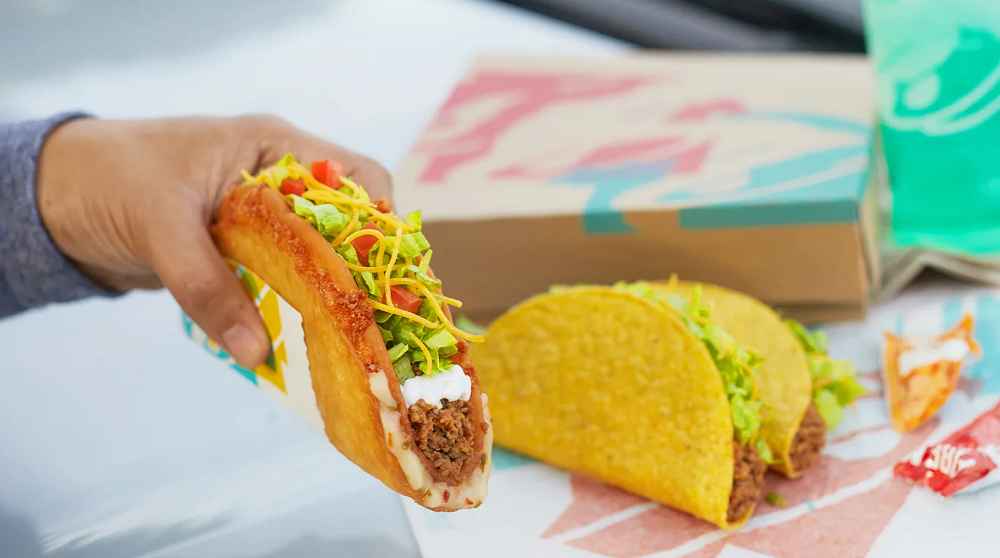Back in pre-pandemic times, when the events were live and the audience mauled at communal grazing boards, I attended a talk on the future of content.
While the irony of attending a future-focused event in early 2020 is not lost on me, this is not what sticks out most about that evening. Instead, it was the point in the panel discussion when the conversation turned to authenticity—what it was, and who was doing right it.
From my recollection, the panel struggled with an exact definition of authenticity but were armed with examples of what fell into this elusive category.
A clothing campaign featuring models with visible stretchmarks earned the title of ‘authentic AF’; the Taylor Swift fly-on-the-wall documentary, Miss Americana, did not.
While I can’t as easily determine which global brand showing a ‘real’ side of itself on a public platform is more authentic than the other, I don’t necessarily think that the panellists’ views are wrong. But I don’t think they are right either.
Their view of authenticity, like everyone else’s, is in relation to their own experience—an experience that brands yearn to bottle up and serve back to their customers in way that feels seamless, non-invasive, and well, authentic.
Open your ears
How can brands create this secret sauce and, more importantly, how can they use it to convince you to buy, use, frequent, or vote for whatever it is they are offering?
The short answer is, for a brand to build, maintain, and communicate authenticity, they need to listen to their audience. The longer answer involves brands actually understanding and acting on what they are listening to, but for the sake of this article let’s stick with the short answer.
In the year of our Lord 2021, when everyone has an opinion and some sort of digital platform to express it on, your audience loves to talk. Not just about your brand, not just about your category, but about the things, from the mundane to magical, that matter to them.
And while social listening is hardly a ground-breaking suggestion, the ability to be creative and strategic in your approach can be.

The Taco Bell approach
Your brand lives freely far beyond your owned channels, and the sooner you tap into that, the sooner you’ll be exposed to real audience insights: the good, the bad, and the ones you should take with a pinch of salt.
American fast-food brand Taco Bell exploited this opportunity in a major way when, earlier this year, they collaborated with brand fans on Reddit to create an animation about one user, Tmanowen, and his love of the ‘Quesalupa’.
The popular food item, which was removed from menus in certain territories, motivated this Redditor to travel almost 1,500km across the United States to satisfy his craving for it. Taco Bell then took the opportunity to celebrate this act of brand love and created a wonderfully weird and utterly authentic piece of content that demonstrates an audience’s raw emotion for a quesadilla/chalupa hybrid.
They listened
So, why does it work? Going back to the short answer again, Taco Bell listened to its audience. For better or for worse, Taco Bell is a popular topic of conversation on Reddit, with threads ranging from food poisoning and disgruntled employees to menu suggestions and fan-art.
So many brands shy away from putting themselves in the ‘firing line’ in a bid to keep sentiment scores that they miss out on vital feedback, insight, and information from the people that matter most: their audience.
While actions such as turning off comments on social media accounts can provide a reprieve from angry customers in one instance, they can also mean that a brand misses out on what’s relevant in relation to their brand and business in the longer term.
They connected
As opposed to simply being inspired by a fan’s story, Taco Bell took things one step further when creating Tmanowen’s Adventure and invited fellow Redditors and readers of the story to bring it to life.
A call-to-action resulted in countless submissions of the story told in 2D and 3D animation and beyond. To bring it all together, Taco Bell opted for a collaborative effort, with various artists telling segments of the story over 12-15 seconds.
This creative choice expertly threaded the line of wacky and wonderful while extending an inclusive arm around both its Redditor creators and us, the viewers.
They followed through
Taco Bell paid each of Redditors whose work they used. While admittedly I, like the aforementioned panellists, can’t easily define authenticity, I can say that a brand paying its creators for work is authentic AF. Authentic and fairly straightforward too.
Currently, in a bid to show their authenticity and alignment with my values, my female hygiene products are trying to empower me, my bank wants to convince me it cares about my feelings, and my running shoes recently told me that there is an athlete living inside me.
While I appreciate any and all moral support, there is a try-hard element here that brings into question its legitimacy.
The impact of Tmanowen’s story lies in the fact that it was just that, a story, told to us by real people, in way that saw them receive real payment for their work.
As audience members, we weren’t promised the moon, stars, or an empathetic mortgage, just a glimpse into a brand’s fan’s journey and, for customers in America, an invitation to try the Quesalupa at participating restaurants.

About the author
Sinéad works with clients to creatively plan and implement their brand and campaign communications. With a vast and varied background in content planning and development, she is an expert storyteller, bringing brands to life both online and off.
